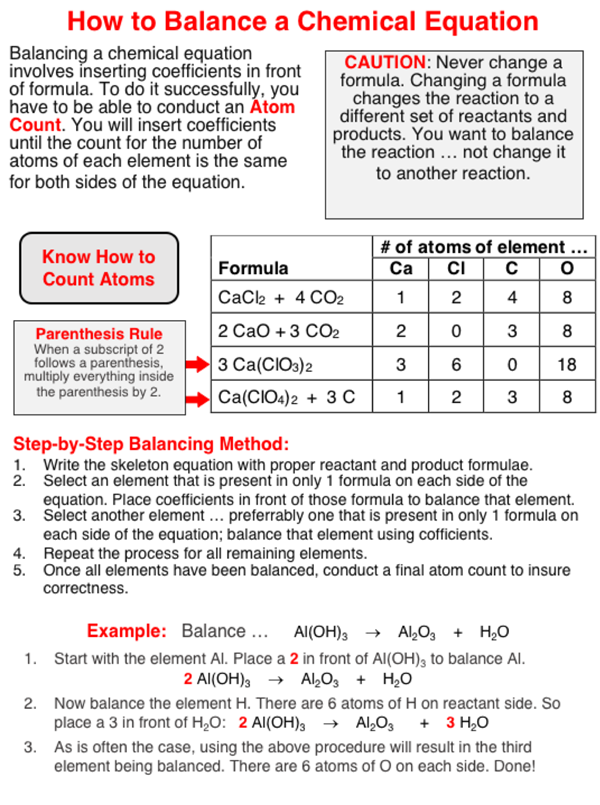To be successful with this question, you need to be able to translate words representing reactants and products into chemical formula. And you need to know how to balance a chemical equation.
There are three steps to this question. In the first step you will have to determine the number of reactants and products. This should be easy. Inspect the words that are given and count the number of reactants and the number of products. Then tap through the graphics until you find one that shows that many reactants and products.
The second step of this question is a bit more challenging. You will have to identify the formula of each reactant and product. If the reactant is an element, then be aware that it could be a diatomic element. There are seven elements that exist in diatomic form when they are not combined with other elements in a compound or not present in an aqueous solution. Those seven elements are hydrogen (H), oxygen (O), nitrogen (N), chlorine (Cl), bromine (Br), idoine (I), and fluorine (F). To assist in recalling this list of 7 elements, you might remember the name HONClBrIF (pronounced "Honklebriff").
If the reactant or product is a compound then you need to know how to write the formula of the compound. The rules for writing formulas of compounds depend on whether the compound is a molecular compound (two non-metal elements combined) or an ionic compound (a metal element combined with a non-metal element). The rules for writing such formulas can be read using the two links below.
Once you have determined the formulae, it is time for the third and final step of the question - balancing the chemical equation. This is a trial and error process that involves inserting coefficients in front of the formulae and performing an atom count to see if the number of atoms of each element is the same on opposite sides of the chemical equation. The info graphic below provides some details and a step-by-step procedure for doing this. Study the info graphic and apply the principles to balance the equation in this question.
